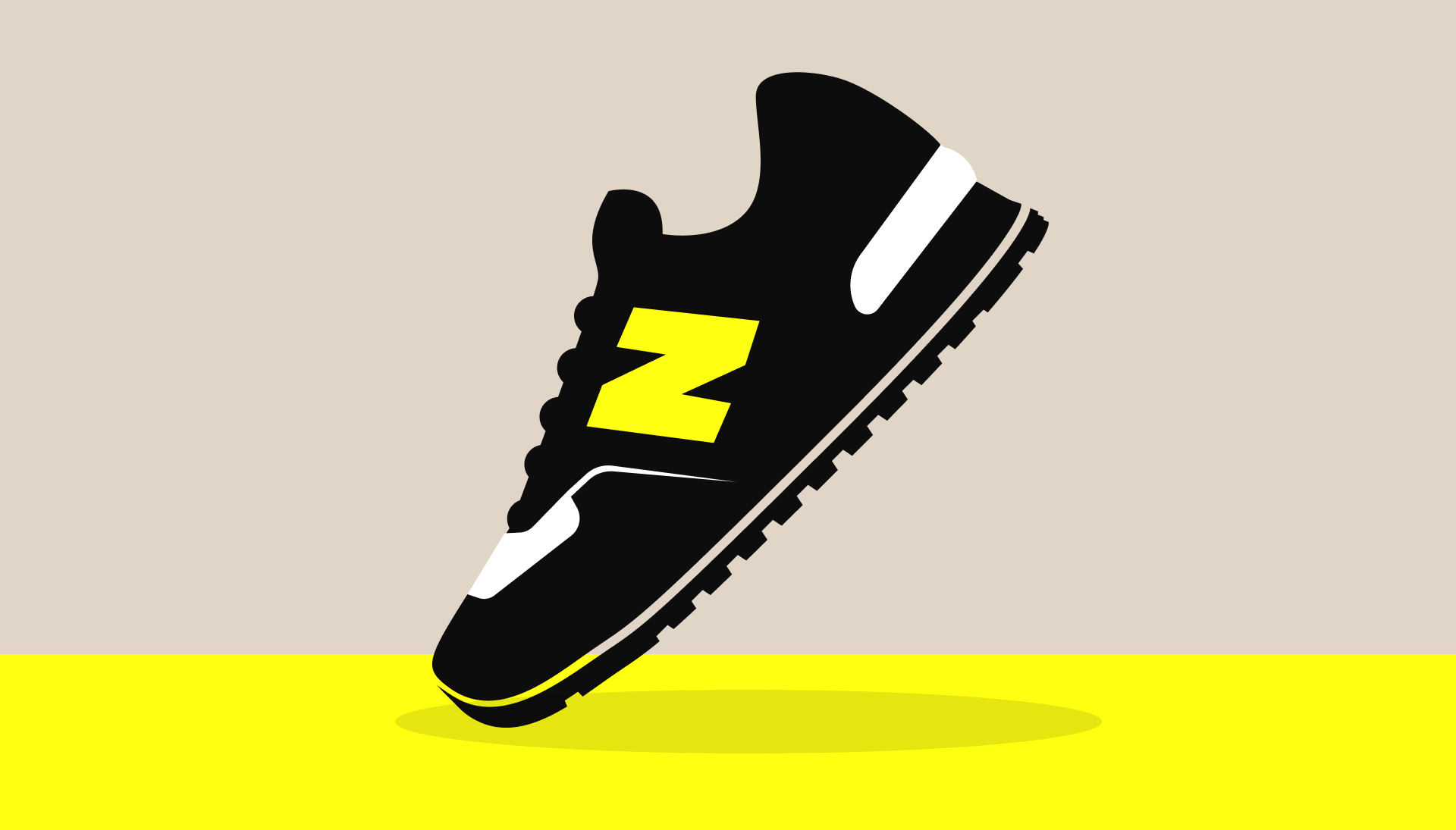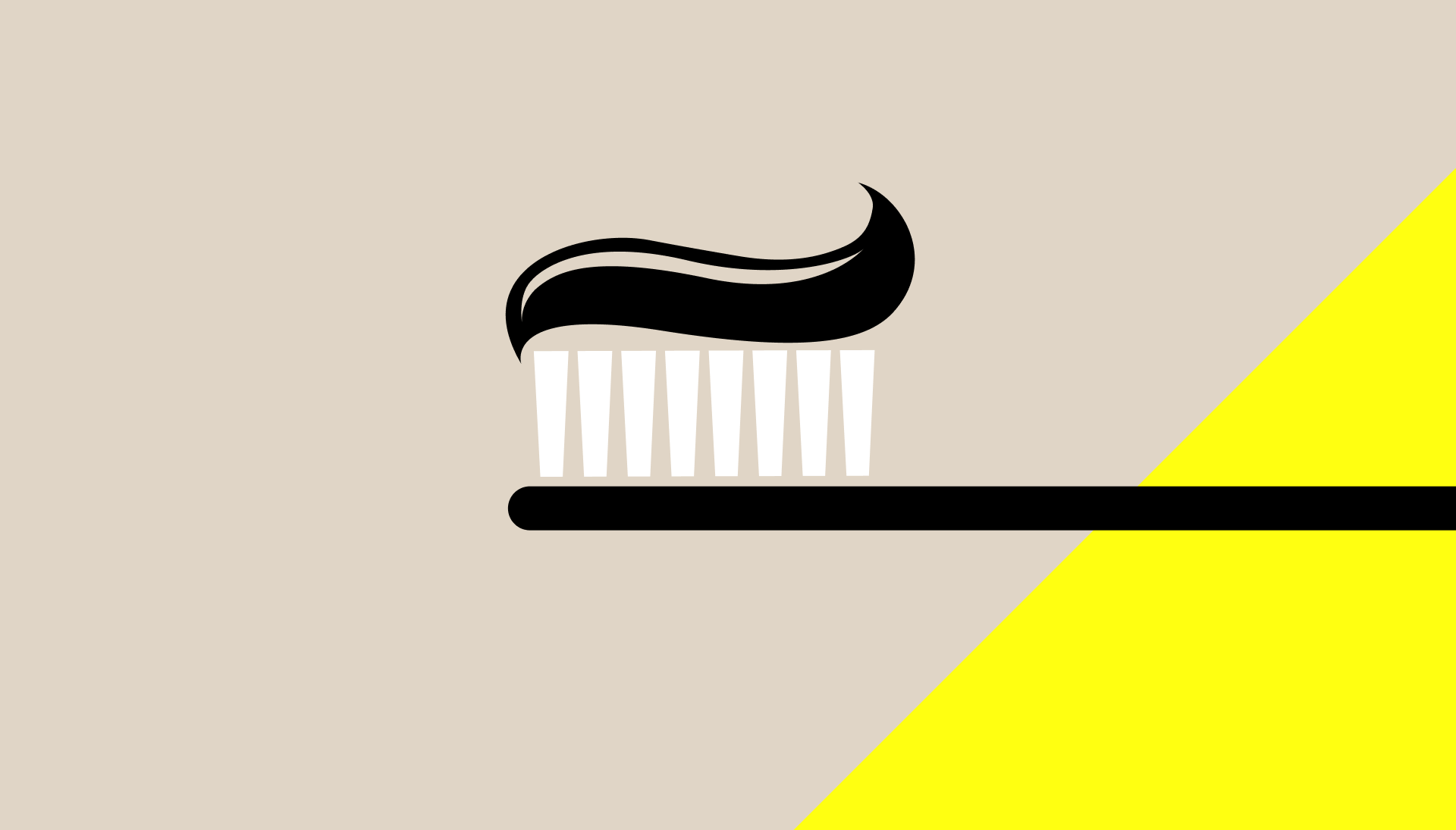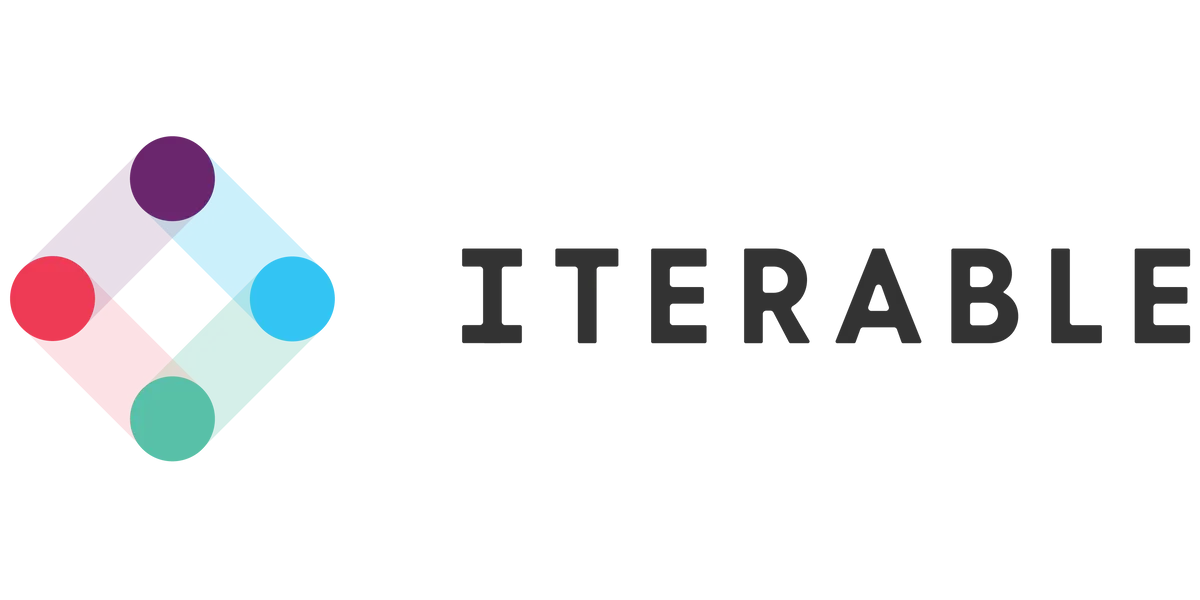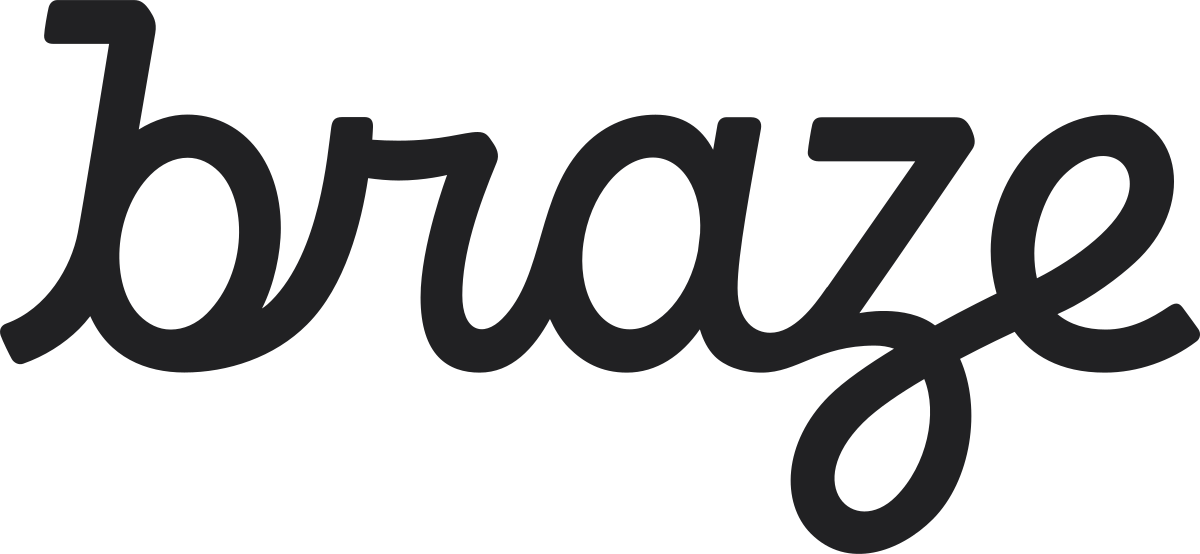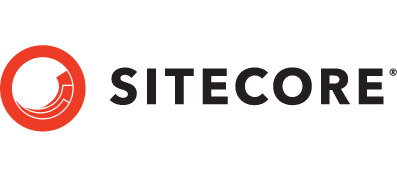The hope or ambition to enable patients to hold all their health data in one place, access it and provide it to health carers when required has been around for quite a while1. And the greater good of sharing anonymised health data at scale has enormous potential to solve many genetic issues, see the Human Genome Project2 for example.
But there are many real obstacles, such as hierarchy control, platform integration and privacy holding back bold goals for universal health data utility.
The combination of health, technology and data has grown with society’s obsession to be fit and healthy, and not just in the form of accessing gym time tables on the internet and posting body transformations on Instagram – that’s old news! Statistics from 2016 show that one in three people track their health and fitness using an app or device3. Now that’s an epidemic.
But whether we love it or hate it, the option and tools are constantly at our fingertips. To better monitor our health and set personal goals in real time. We’ve never had greater control, accountability and transparency of our ‘whole’ selves.
But let’s not be selfish! There’s something in it for scientists and the greater good too. The abundance of health data (sleep patterns, heart rate, exercise duration and calorie counters4) is just far too sexy to pass up. Take the Cardiogram and UCSF Deepheart analysis for example, which distinguished those with diabetes at with accuracy rate of 85%... all from Apple watches and Android devices5.
Unfortunately, this isn’t enough for large tech giants such as Apple, Microsoft, Google and Amazon6, who are currently building and negotiating for their consumers to be able to access and store all of their medical records in the one synchronised (easily accessible) location – a smartphone.
Because who wants to surpass the struggle of collating those nasty doctor’s certificates, x-rays, vaccinations and specialist notes from those millions of places you visited? DEFINITELY not me.
One hero on the health horizon is of course Apple, who is attempting to solve this B2C gap with the January iOS 11.3 software update. Housing on the previous Health App to integrate the collation of medical records all on the one device, whilst scanning for updates on a weekly basis1.
Apple has been collaborating with dozens of hospitals and clinics, whilst searching for the latest program designers. In the meantime, they’ve also been exploring the idea of opening medical clinics for its employees and families to provide healthcare and test health related products7.

So, what’s the issue?
1. Control
You’ll be surprised to hear, that more than 50% of all medical records are controlled by a very small number of dynamic medical companies (Big EMR)6. Overall, making for longer waiting times, higher fees and increasingly stringent methods of gaining permission.
2. Integration
Some health institutions don’t even store patient data, operate online or house technologies that are compatible with the Apple technology1.
3. Privacy
Apple has faced some pretty sticky privacy situations, including iCloud hacking and deep-rooted FBI battle’s. But on the bright side, this has left Apple thinking two steps ahead in terms of confidential information, especially for something as personal as one’s medical records.
To minimise the number of touchpoints, the company have ensured that data goes directly from the medical provider to your phone, so it doesn’t reside on Apple’s own servers1. Take that haters!
There are some major roadblocks to proactively adopting aggregated health data utility. However, the faith and push from employees, consumers, competitors, medical scientists and hospitals should prove too large to be ignored. The big power players of the tech realm won’t go down without a fight, and if previous developments are anything to go by – they’re in with a pretty good chance.
References
- USA Today, Tried Apple’s Improve Health App Here’s What They Found: https://www.usatoday.com/story/tech/columnist/baig/2018/01/26/tried-apples-improved-health-app-heres-what-found/1067871001/?utm_source=Rock+Weekly&utm_campaign=81e3013aca-Rock_Weekly_1-29&utm_medium=email&utm_term=0_e44ef774d4-81e3013aca-90939209&mc_cid=81e3013aca&mc_eid=301cc88933
- Australian Academy of Science, The Human Genome Project; https://www.science.org.au/curious/people-medicine/human-genome-project
- The Globe and Mail, Tracking down the root of our self-tracking obsession; https://www.theglobeandmail.com/life/health-and-fitness/fitness/happier-and-healthier-getting-at-the-root-of-our-self-trackingobsession/article34120896/
- Digital Trends, Sweetgreen’s App Calories: https://www.digitaltrends.com/mobile/sweetgreen-app-calories/
- Forbes, Apple Watch, Even The First One, May Be Able To Detect Signs Of Diabetes: https://www.forbes.com/sites/davidphelan/2018/02/08/apple-watch-even-the-first-one-may-be-able-to-detect-signs-of-diabetes/#6d42d322cfc7
- Forbes, Health Care Affordability Begins With You (And Ends With Apple, Microsoft, Google And Amazon): https://www.forbes.com/sites/forbescoachescouncil/2018/02/26/health-care-affordability-begins-with-you-and-ends-with-apple-microsoft-google-and-amazon/#7682ae193cb6
- The Verge, Apple Medical Clinics Employees Healthcare and Test Products: https://www.theverge.com/2018/2/27/17057704/apple-medical-clinics-employees-healthcare-test-products

